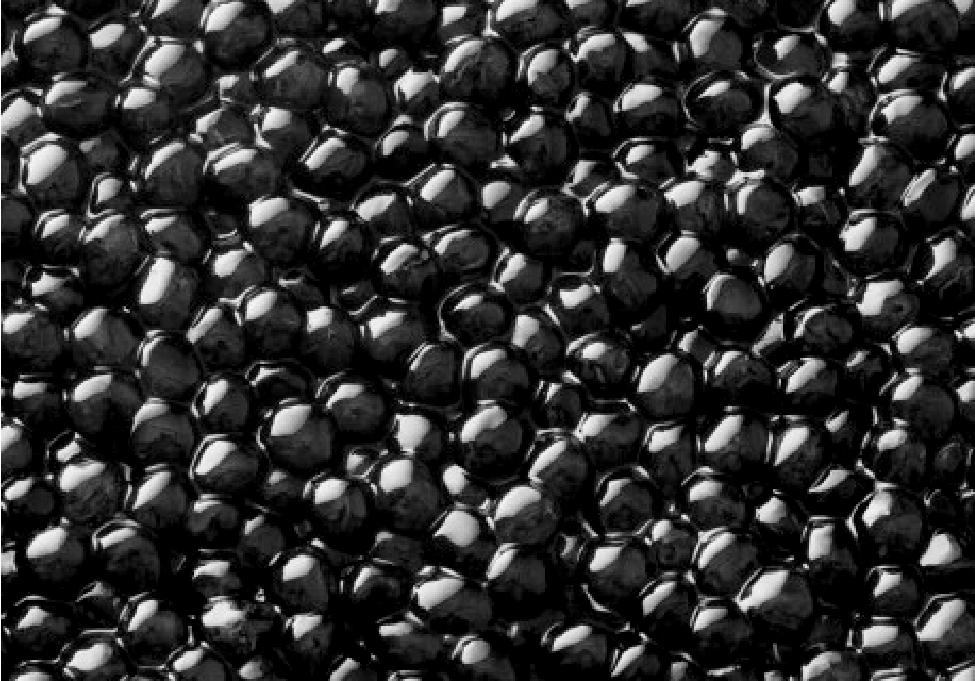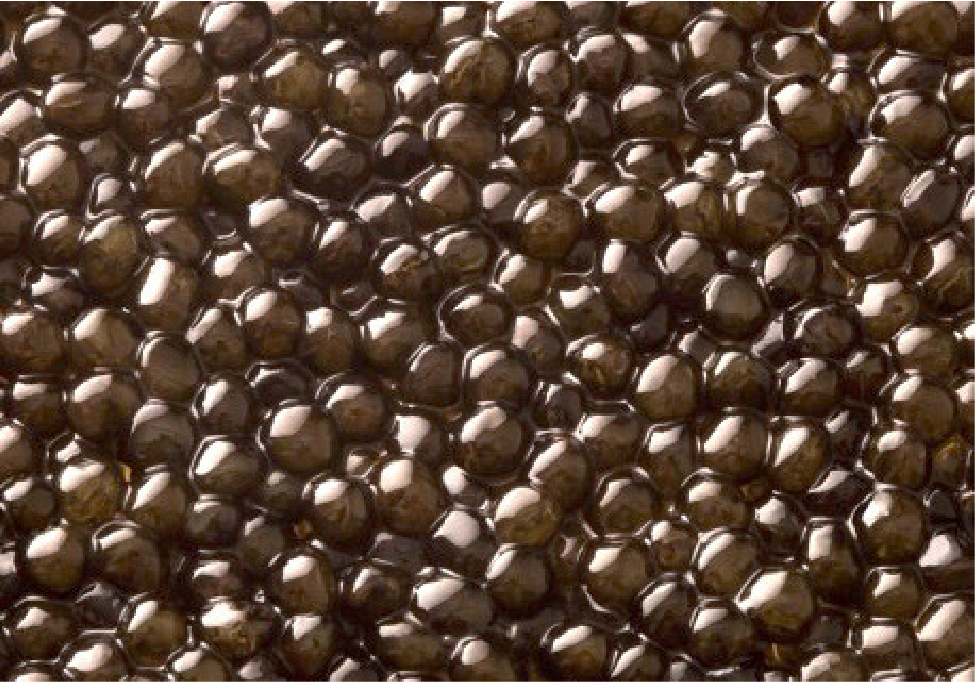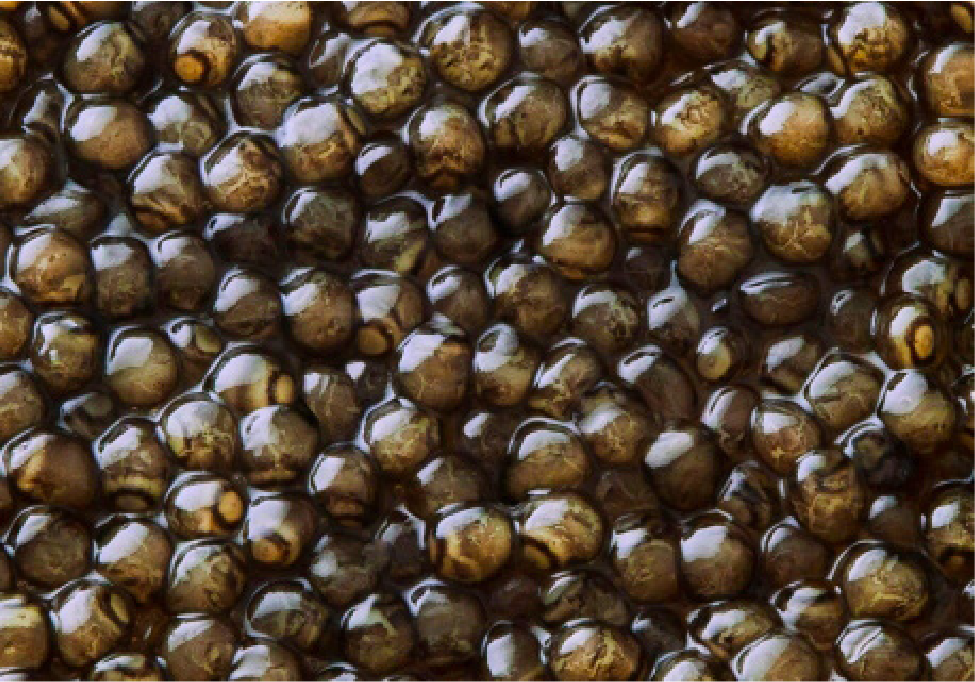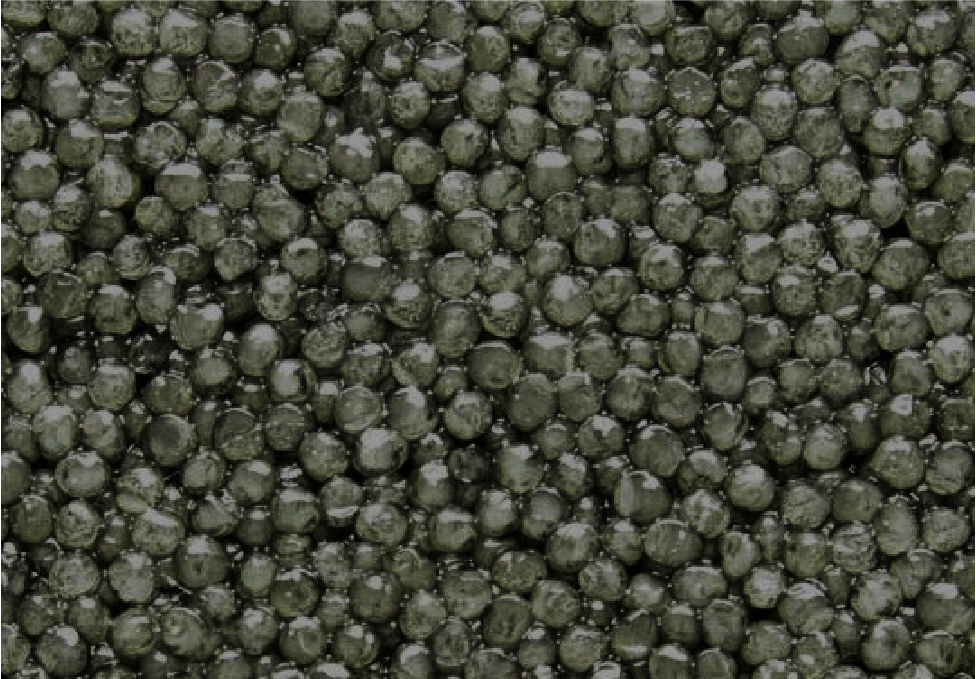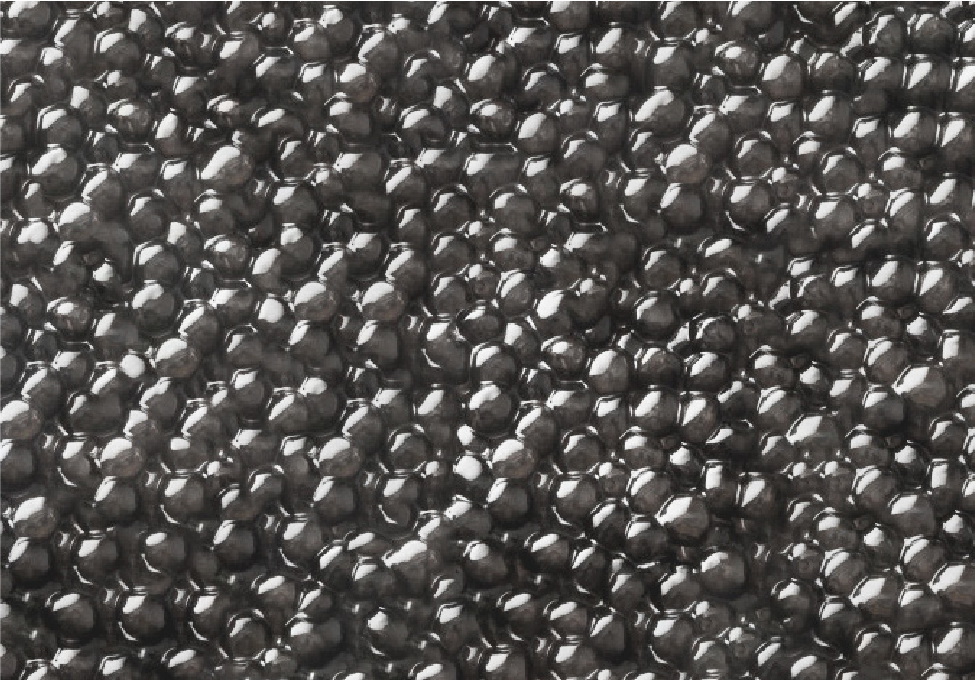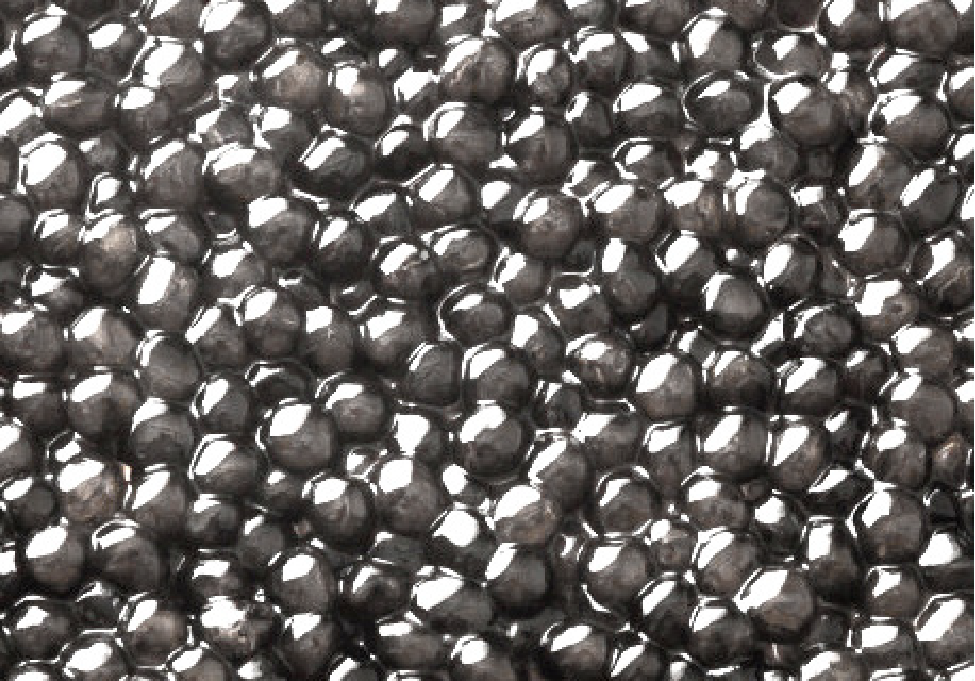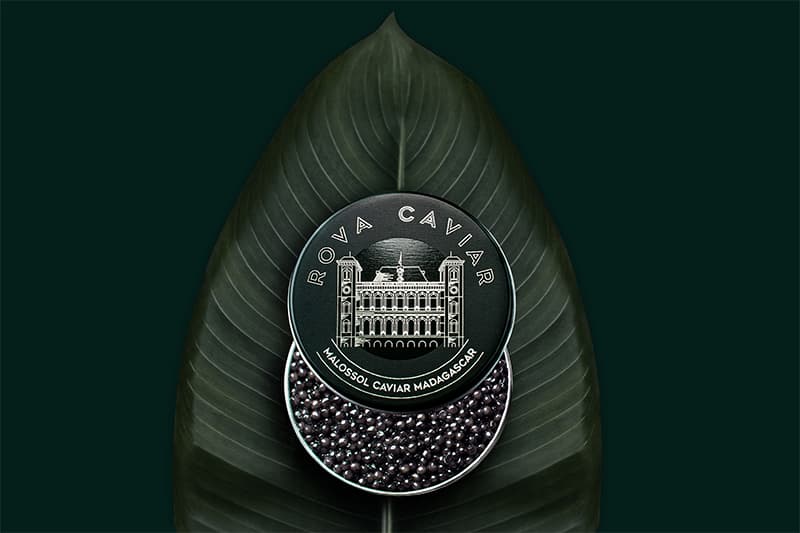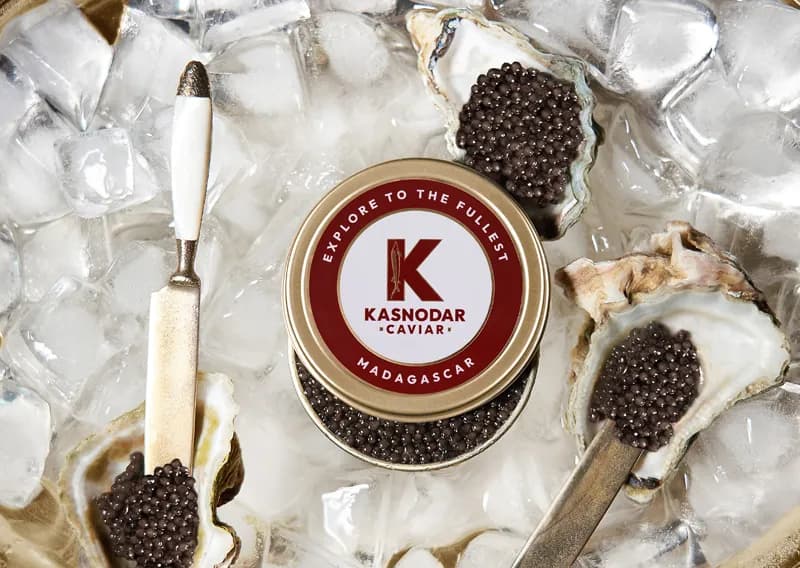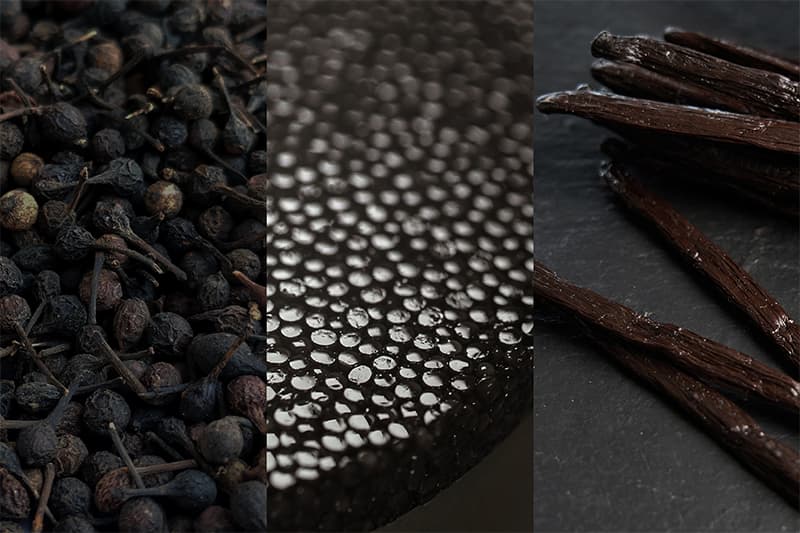Madagascar
A Unique Island
In the southern hemisphere, Madagascar is in the southwest part of the Indian Ocean and separated from the southeast coast of Africa by the Mozambique Channel. With an area of 587,401 km², Madagascar is a micro-continent and the fourth largest island in the world after Greenland, New Guinea and Borneo.
Two-thirds of the country are highlands, ranging between 800 and 1,600 m in altitude. While the central highlands have a temperate climate with well-differentiated hot summers and cool winters, the coastal regions are generally hot all year round.
Among Madagascar’s best-known offshore islands, Nosy Be is the largest, Sainte Marie is the most authentic, but Nosy Komba or Lemur Island is the most bewitching.
The country’s inhabitants are the Malagasy and the official languages are Malagasy and French.
Madagascar is also known for having been ruled by queens including Ranavalona I, II and III. Even today, people say about a strong-willed woman : « She is a Ranavalona ».
The island’s outstanding endemic biodiversity stems from the fact that Madagascar separated from the African continent about 100 million years ago. So isolation, varying climates and the absence of large predators have contributed to the unique evolution of its current species.
Find out moreThe fish farm
The environment
Mantasoa, a place with a rich history
Historically, Mantasoa was the stronghold of Jean Laborde, an entrepreneur at heart who served the Queen of Madagascar. Not only were cannon, rifles, swords, and gunpowder made there, but also soap, tiles, paint, crockery, etc.
The landscape, made up of valleys of red earth or laterite planted with pines and eucalyptus, gives it a unique dimension. Malagasy farmers naturally knew how to make the most of the hilly terrain in the area to establish their rice fields and market gardens, and in this way produced an enchanting setting.
Find out moreFish farming
The first sturgeon farm in Africa and the Indian Ocean
The Acipenser fish farm comprises nineteen large ponds, a hatchery, an area dedicated to pre-growout, a feed mill and a processing workshop spread over more than 8 hectares on the banks of a river fed by Lake Mantasoa upstream. It is this same lake that hosts the sturgeon when they reach 1.5 kilos in weight, holding them in about fifty giant 25m-diameter cages.
At 1,400 metres above sea level about sixty kilometres east of Antananarivo and far removed from any industries and cities, Lake Mantasoa covers 2,000 hectares to a depth of 4 - 10 metres. It is in fact a vast impluvium that collects only rainwater and is therefore protected from pollution. The fish farming ponds are fed by the waters of this lake.
Find out moreFarmed species
A waiting game
The Acipenser sturgeon farm is divided into two facilities called the « onshore » site and the « lake » site respectively, and includes six pure species of sturgeon producing six different caviars.
For the time being, the two caviar-producing species on the farm are the Baerii, ideal for a first taste and discovering caviar, and the Ossetra, the favourite of leading Chefs.
So it has taken ten years to build the farm and import all the species we wanted, and it will take another ten years to give each species enough time to produce its caviar.
Acipenser will have reached its cruising speed by 2029.
The feed mill
Feed made to measure for sturgeon
The Acipenser farm manufactures its own feed for its sturgeon in a dedicated facility called the “feed mill”. Two tons of pellets are produced on a daily basis. This practice was introduced to provide control over the entire production chain. In this way the Acipenser feed gives healthy fish, optimises their growth and produces quality caviar. Manufacturing such feed requires particular expertise because sturgeon requirements need to be matched with the technical feasibility of the machines. Sturgeon feed is composed not only of tuna meal and blue fish oil, but also non-GM plant flour such as rice bran, brewer's yeast, amino acids, soy lecithin and vitamins. No antibiotics or hormones are used, and raw materials and finished products are systematically checked, either in-house or by specialised laboratories. In order to adapt the feed to the sturgeon’s size, the feed mill produces several different grain sizes. In order to meet its environmental and corporate commitment, 80% of the raw materials are sourced from Madagascar and sourced as close as possible to the farm to reduce the carbon impact.
Find out moreCommitments
A crazy but visionary gamble
Acipenser is a risky but visionary gamble. Our ambition is to become a world-class breeder-producer in the caviar market. The sustainable development of our activity is the main challenge, as, due to our type of farming, the production cycle is especially long, taking five to seven years for the fastest species and up to 12 years for the slowest.
Find out moreThe company’s general management is therefore committed to an environmental approach, where it ensures environmental protection, meets its compliance obligations (both legal obligations and those documented with its stakeholders) and aims to maintain its ISO 14001 certification for farming, sturgeon feed production and the production of caviar and fish flesh.
In this context, it undertakes to take responsibility for the effectiveness of the Environmental Management System (EMS) and ensure the environmental policy and objectives match Acipenser’s strategic diection and context. Stakeholders will therefore be taken into account when putting the EMS in place.
Find out moreIssues and actions implemented
Respect for the environment and animal welfare
Acipenser is fortunate to have a healthy environment and makes every effort to protect it. From the start, the farm has thought about ways to limit its impact on the environment as much as possible. From choosing materials used for the construction of the buildings, to in-house production of sturgeon feed from local agriculture and farming nets, to generating electricity via solar panels on the lake facility and the production plant (275,4KWc), gravity-drained onshore ponds, repurposing waste or recycling, everything has been thought out in an eco-responsible spirit.
Find out moreSustainable and responsible corporate commitment
Sustainable and responsible corporate commitment Acipenser is committed to corporate responsibility by caring about the development and well-being of its employees, in particular via the management of medical care. This year for instance, during Pink October, a vaccination campaign was led for all the women working on the farm. Listening and advice sessions, training on sustainable fishing, bush fire awareness campaigns, extra-professional activities such as football matches and moments of relaxation such as recreational days are also organised.
Find out moreRetailing
Retail sales of caviar from the Acipenser farm are organised via three different channels
Our employees
Acipenser is the brainchild of Delphyne, Christophe and Alexandre, the heads of Akanjo, a clothing firm making ready-to-wear for leading French fashion houses. Eager to take on a new challenge, these creators of luxury items and adventurers at heart had the idea of setting up the first sturgeon farm in Africa and the Indian Ocean.
Find out moreOur partners
Alexandre
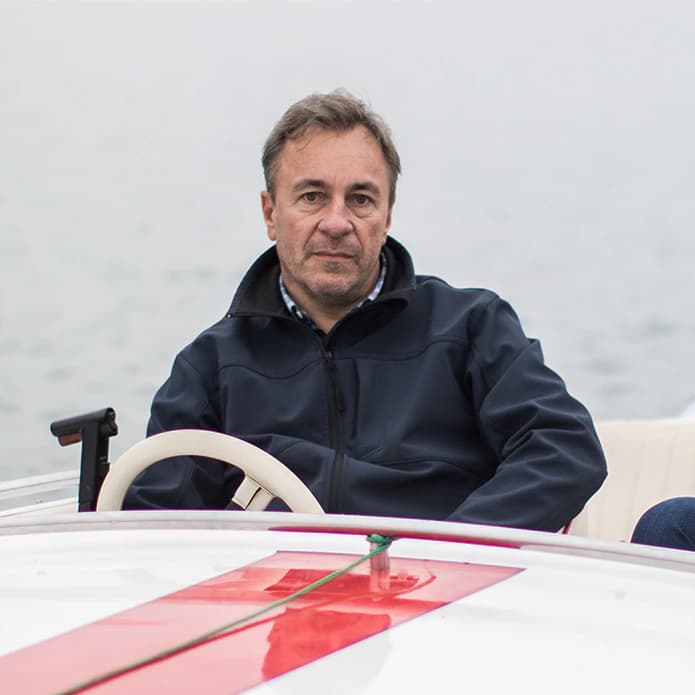
To achieve something truly extraordinary, start by dreaming about it. Then, wake up calmly and go right on to achieve your dream without ever getting discouraged.
Delphyne
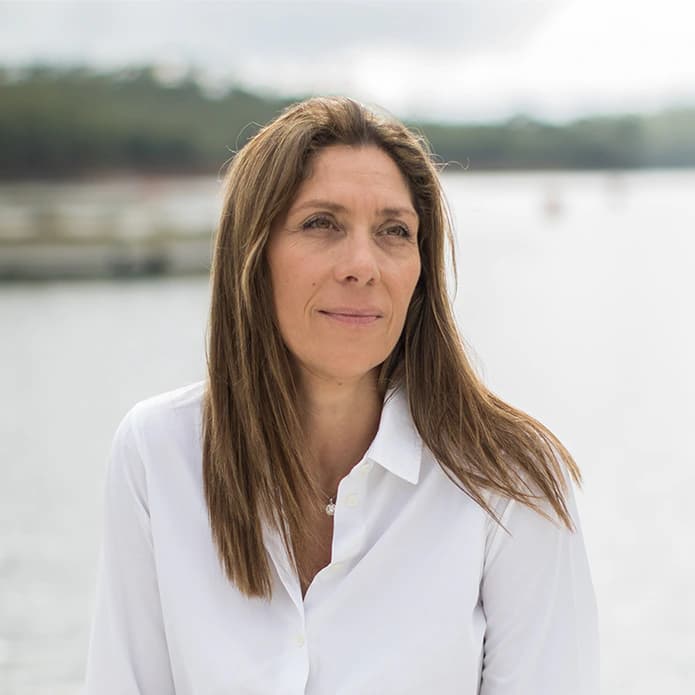
A major project and an extraordinary adventure with the common thread of promoting the Madagascar terroir by creating an outstanding product.
Christophe
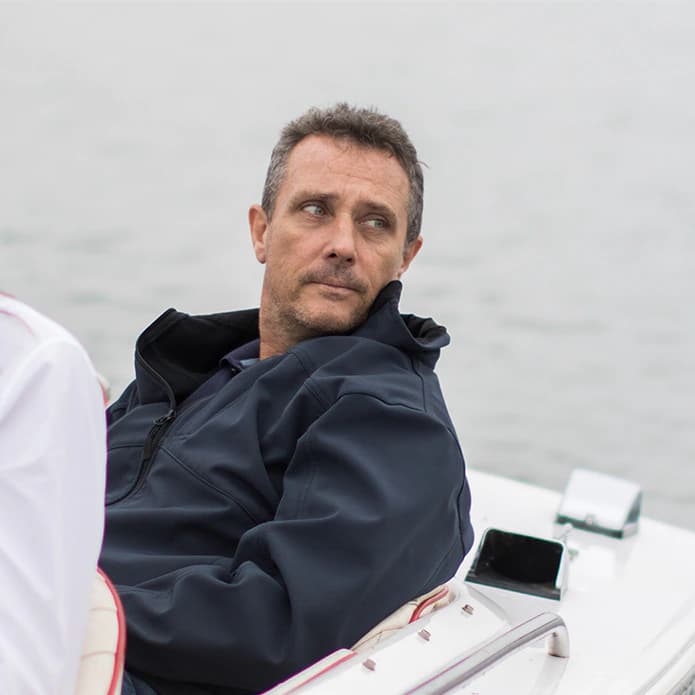
This project is a kind of recognition: we call on patience, endurance, team spirit... but the game is worth the candle, it's a childhood dream coming true.

